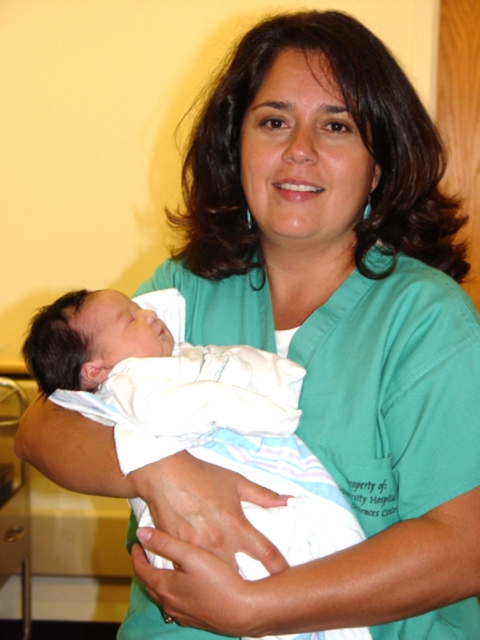The Art Of Baby Catching: Modern Midwifery In New Mexico
Modern Midwifery In New Mexico


Model Molly Krause teaches prenatal yoga classes at Hot Yoga Downtown, which she co-owns. Krause is expecting her second daughter in August. Photo and styling by Jack Atlantis.
Photo and styling by Jack Atlantis

UNM midwife Felina Ortiz and a satisfied patient








